Young Researchers Gear Up for Agri Challenges Through Biotechnology (Part 2)
| |
Gene editing has revolutionized the improvement of crops through tools that can make precise changes in the genomes of plants in simpler, cheaper, and speedier ways than before. These techniques have helped unlock tremendous benefits not just for scientists, but also for farmers and consumers.
Early career researchers from Asia-Pacific Economic Cooperation (APEC) economies presented their findings on using new breeding techniques to address agricultural challenges during a one-day symposium organized by the US Department of Agriculture (USDA) and the Agriculture and Food Systems Institute (AFSI). The event titled Early Career and Innovative Start-ups Symposium was held on July 29, 2023, as part of the APEC High-Level Policy Dialogue on Agricultural Biotechnology (HLPDAB) Activities held at the Seattle Convention Center. This article highlighting crop improvement is the second part of a series that summarizes discussions during the symposium (read part 1 here).
CRISPR-improved canola
Canola is a popular oilseed crop that is grown for its high-quality cooking oil. It is also used to make industrial oil products, high-protein seed meal, and biodiesel. Canola oil is low in saturated fat and high in oleic acid, which is good for heart health. Genetic engineering techniques have been used to create GM canola varieties that are grown in North America. Mr. Neil Hickerson and a team from the University of Calgary used CRISPR-Cas9 gene editing to create stable, gene-edited canola plants. The team focused on manipulating genes that control plant yield, with the goal of maximizing canola yield and improving breeding technologies. Continued expansion of the CRISPR-Cas9 tool set will make it possible to edit even more genes in canola.

Disease resistant plants
Crop diseases can cause significant crop losses. Disease resistance breeding is a way to control plant diseases. Genetic engineering, such as gene editing, can be used to develop disease-resistant crops. Conventional plant gene editing technology involves knocking out a gene involved in plant-disease interaction. This can be time-consuming and labor-intensive, and it requires removing the gene from the plant. Additionally, the expression level of gene-editing components is not always high. According to Dr. Tetsuya Yoshida of Japan’s National Agriculture and Food Research Organization, plant gene editing using virus vector is a more advantageous approach. It is simpler and easier, and it does not require removing the gene from the plant. Additionally, it has a high expression level of gene-editing components.
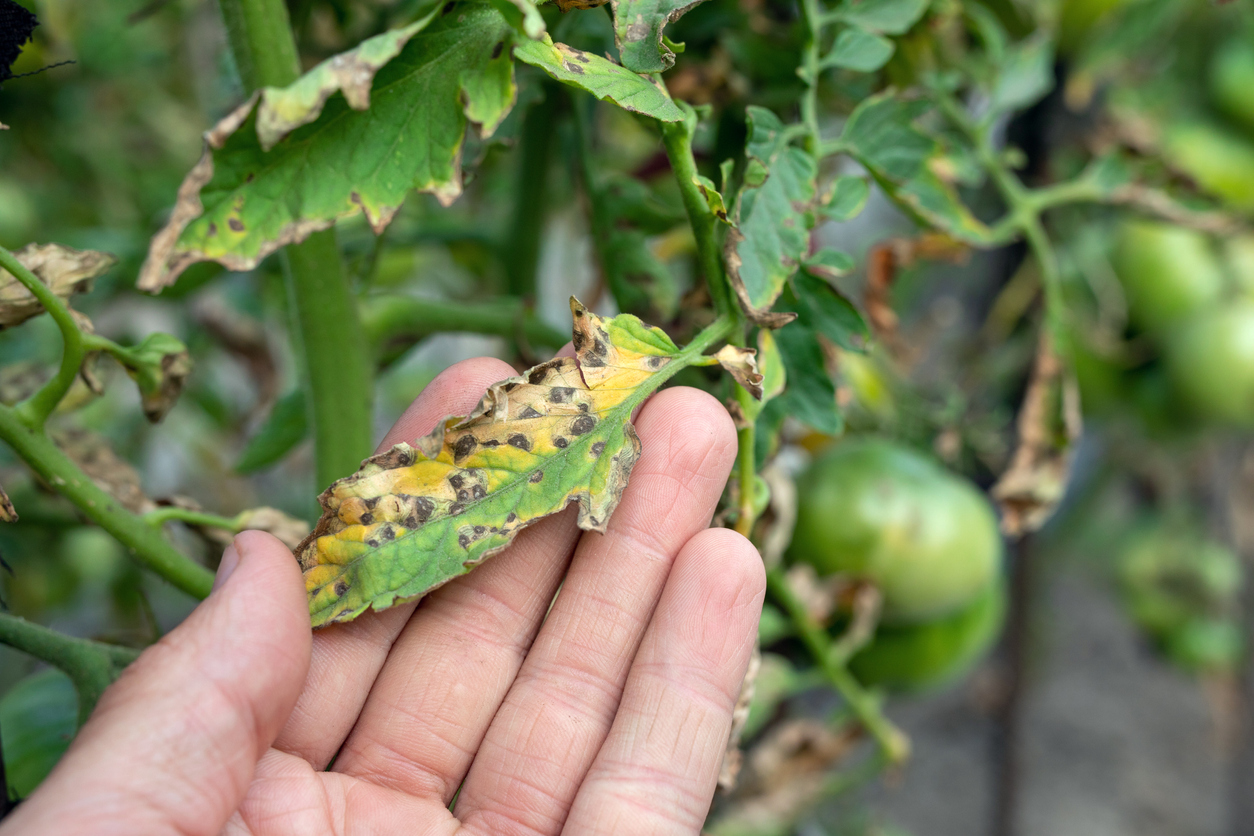
CRISPR-edited pepper
Dr. Hyeran Kim from Kangwon University, The Republic of Korea, tackled about the use of DNA-free genome editing techniques such as CRISPR-Cas9 rinonucleoprotein (RNP) and CRISPR-Cpf1 RNP for precise editing in pepper, soybean, and other plant species.
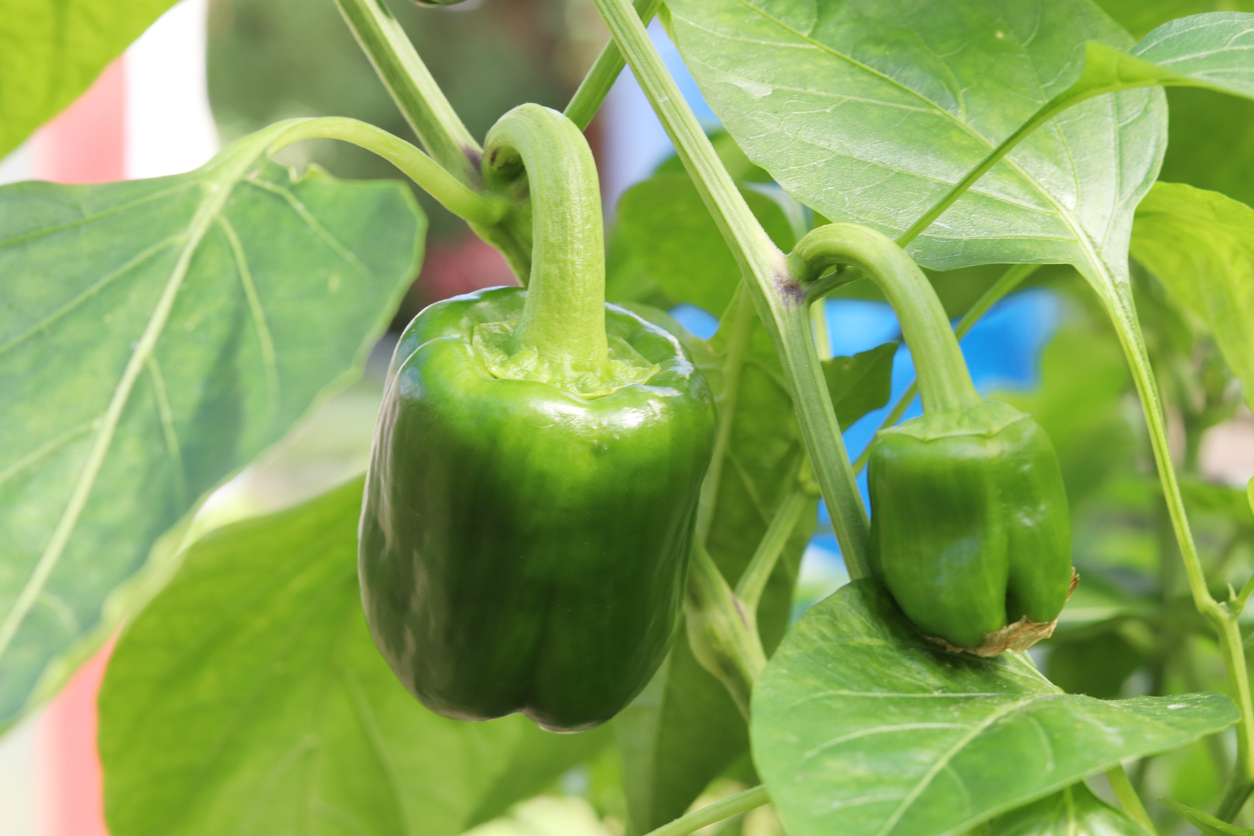
Drought tolerant wheat
When roots are stressed by drought, they send signals to the rest of the plant, which causes the plant to change its behavior. Dr. Xiaoqing Li and her research team from CSIRO studied how to improve the drought tolerance of crops by optimizing their root systems using recombinant inbred lines (RILs) for identification of genes that control root traits. Their results suggest that there are a number of genes that affect root traits and these genes could be used to develop crops that are better adapted to drought.
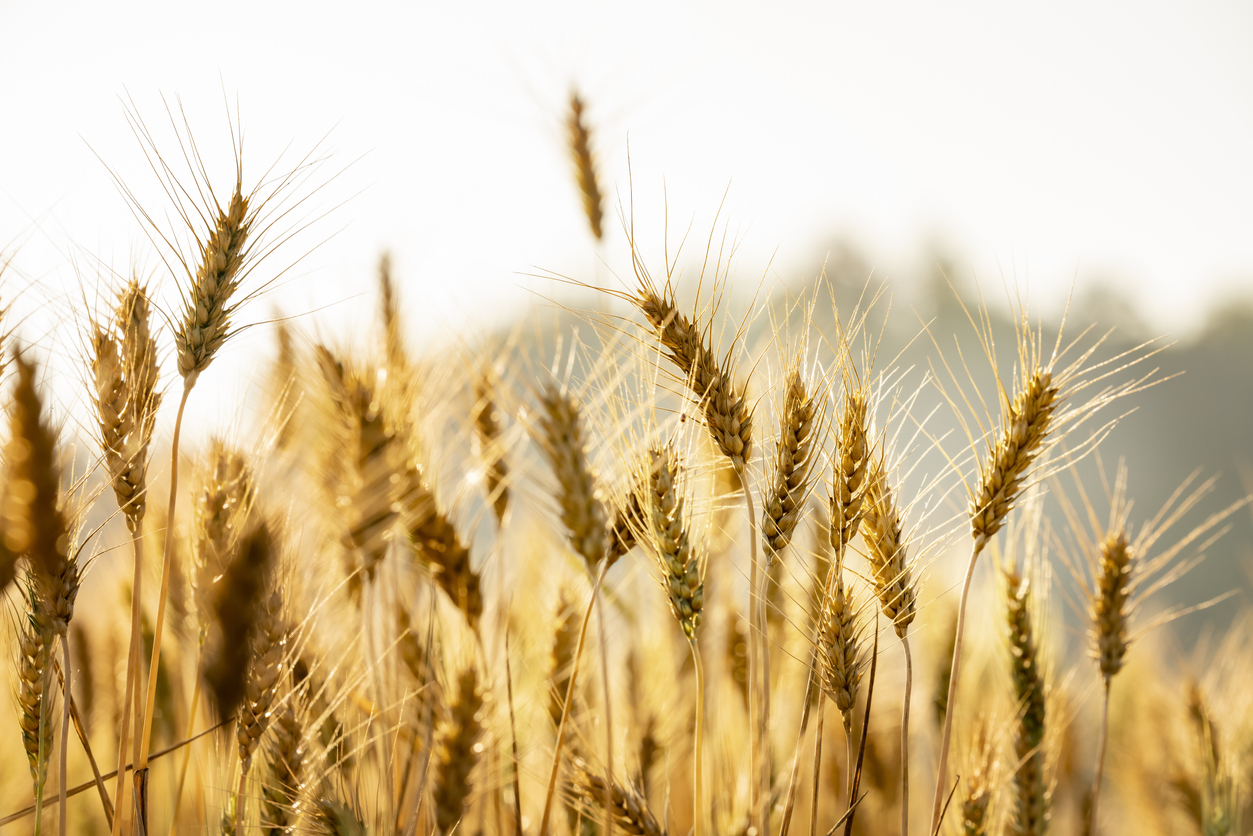
Tastier peas through CRISPR
Dr. Connor Hodgins and colleagues at the University of Calgary, Canada, aimed at reducing the amount of saponins in peas by mutating the BAS gene using CRISPR-Cas9. Saponins give bitter taste in peas, making them less appealing to eat. By mutating the BAS gene, scientists can create peas that have a much lower level of saponins. They tested three different guide RNA (gRNAs), which are short pieces of RNA that guide the CRISPR-Cas9 system to the target gene. They found that gRNA 2 was the most effective at mutating the BAS gene. The researchers then used the CaMV35S and AtU6-26 promoters to express the gRNA in pea hairy roots. Hairy roots are a type of plant tissue that is often used for research. The researchers found that the multi-gRNA expression system was effective at reducing the level of saponins in pea hairy roots. In the final step of the study, the researchers identified two homozygous mutant lines that had a >99% reduction in saponins. These mutant lines could be used to produce pea protein that has a much lower level of bitterness.
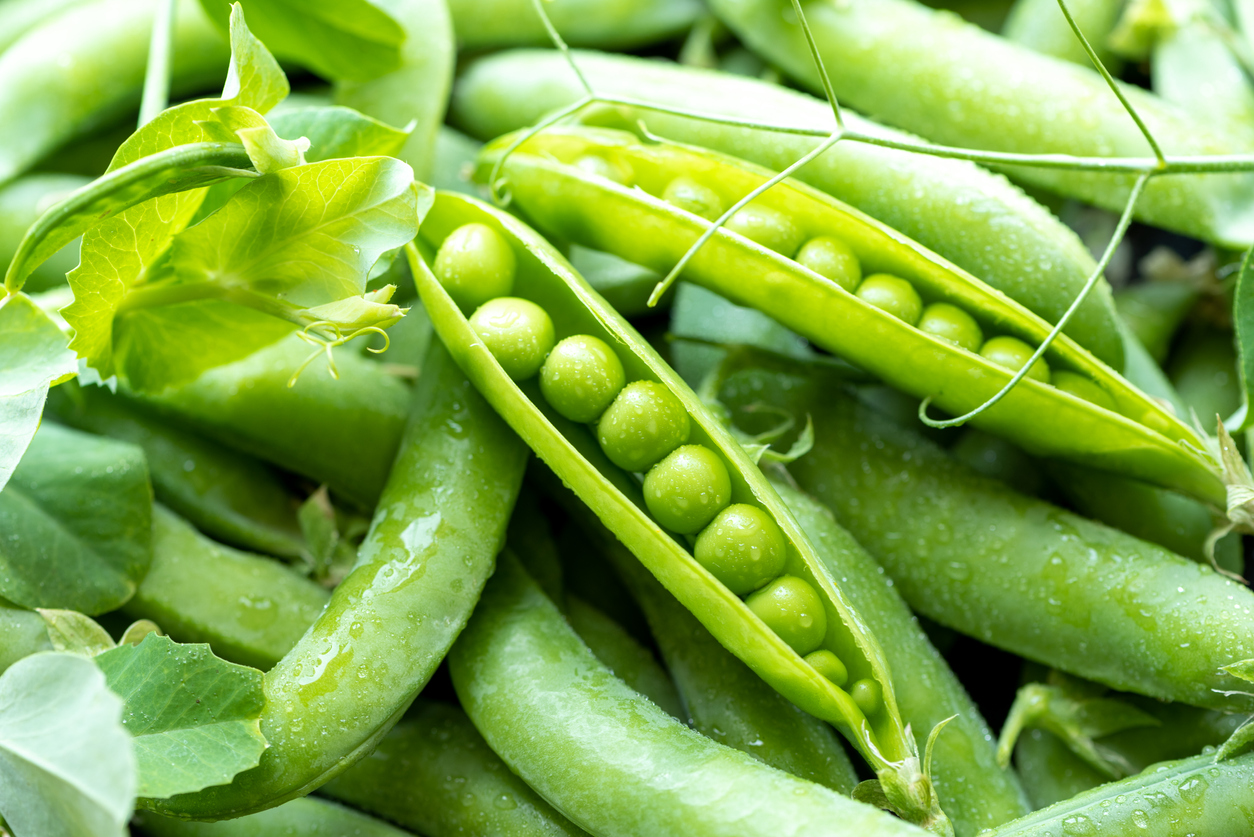
Bigger pennycress seeds for more oil
Pennycress is a type of oilseed crop that has been domesticated to have reduced seed coat fiber content, low erucic acid seed oil content, and high yields. A research team including Ms. Liza Gautam from Illinois State University are working to improve pennycress by increasing seed size and oil content. They have found that mutations in two genes, DA1 and DAR1, can increase seed size by up to 44%. These mutations also increase seed oil content by up to 41%. Another gene, UPL3, also affects seed size, but it decreases seed oil content. This suggests that mutations in DA1 and DAR1 may be a promising way to increase seed size and oil content in pennycress and other oilseed crops.
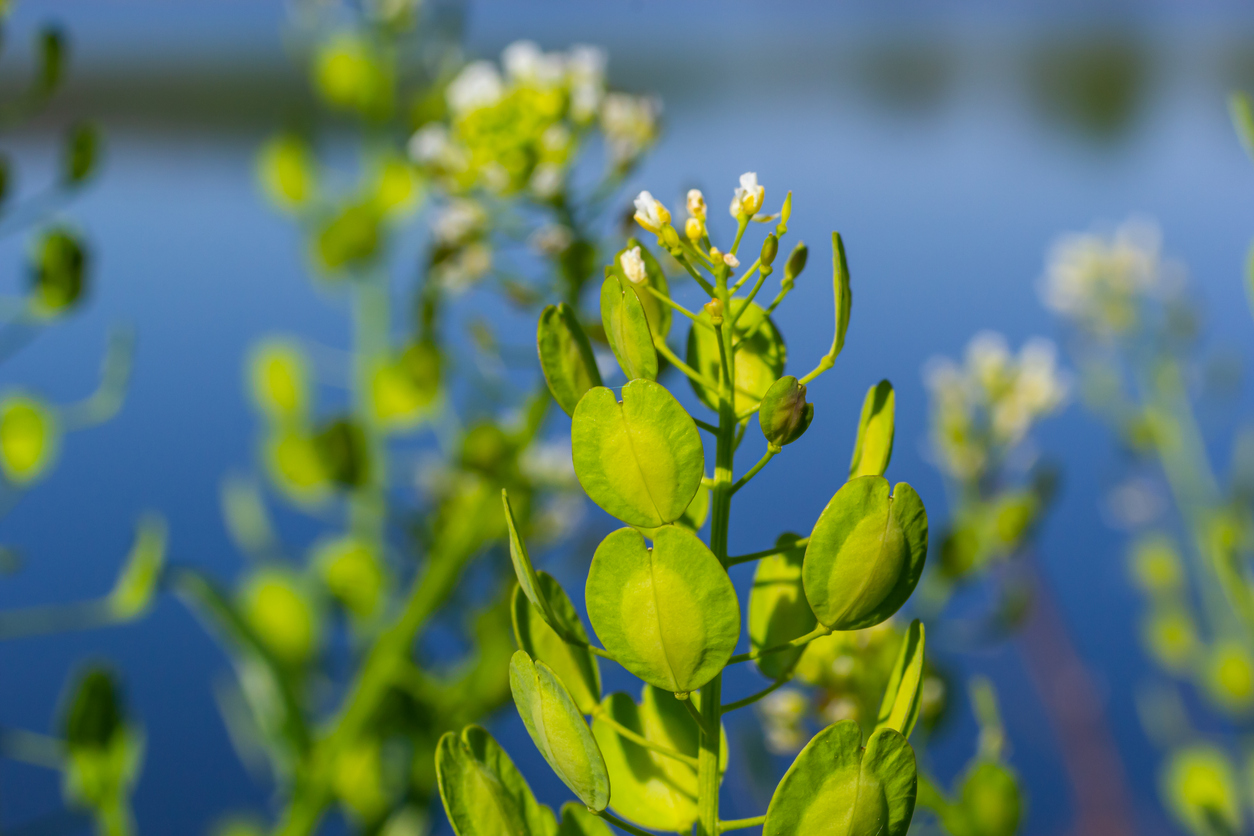
Disease resistant rice
Bacterial leaf blight (BLB) is a serious disease that affects rice crops in Vietnam. Most Vietnamese rice varieties, including TBR225, are susceptible to BLB.The virulence of the BLB-causing bacterium, Xanthomonas oryzae pv. oryzae (Xoo), depends on its ability to activate specific genes in the rice plant that make it susceptible to the disease. These genes are called disease-susceptibility (S) genes. Dr. Nguyen Duy Phuong and a team from the Agricultural Genetics Institute in Viet Nam are using CRISPR-Cas9 to try to improve the BLB resistance of the TBR225 rice variety. They are doing this by editing the TBR225 genome to disable the S genes that are targeted by Xoo. This research is still in its early stages, but it has the potential to develop new rice varieties that are resistant to BLB.
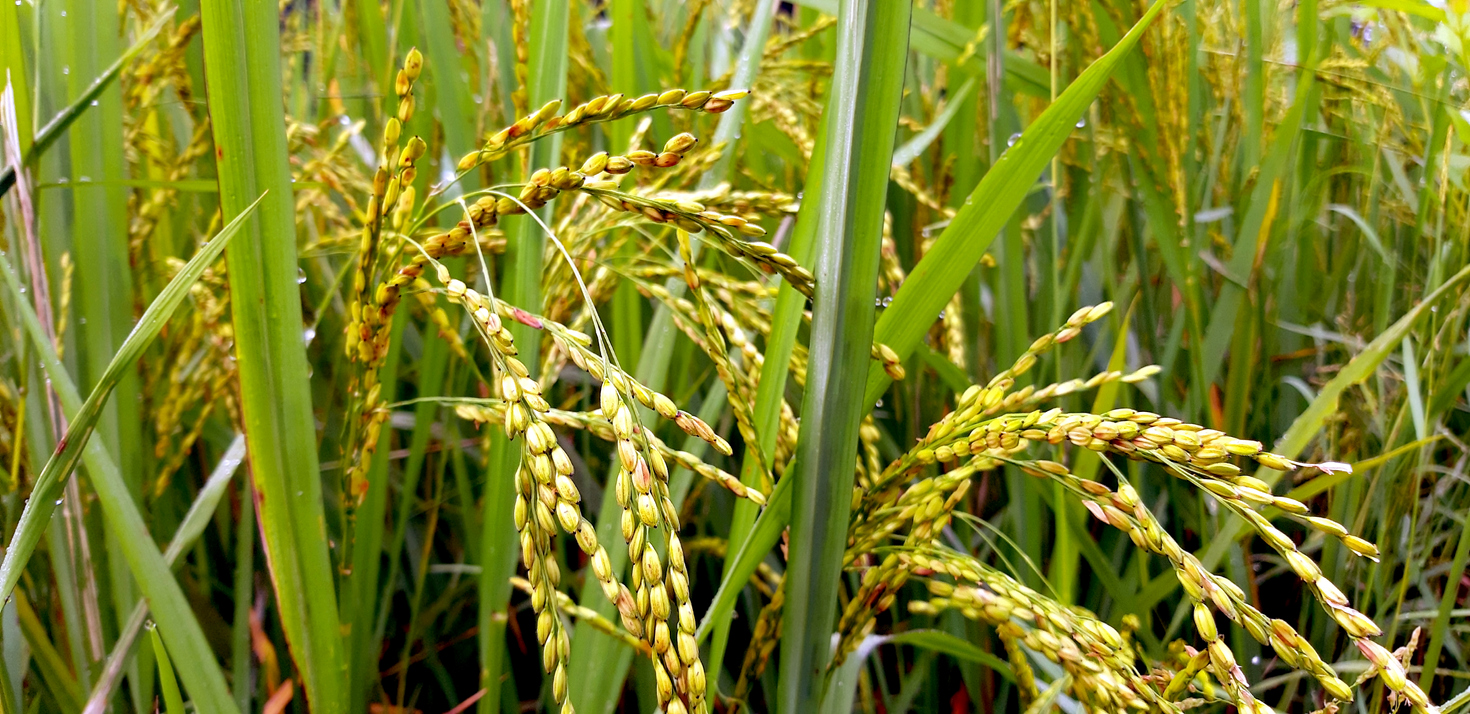
Watch out for the third part of this article series in October, which will tackle the latest biotech updates on animals and other organisms. Read the first part of the series here.
| Newer Post | Archive | Older Post |
Science Speaks is ISAAA Inc.'s official blog. Weekly blog articles, authored by ISAAA writers, partners, and invited contributors, aim to help share, disseminate, and promote scientific knowledge and its vital role in achieving global agricultural sustainability and development. Your support to Science Speaks will help us achieve this goal. You can help us by donating as little as $10.

